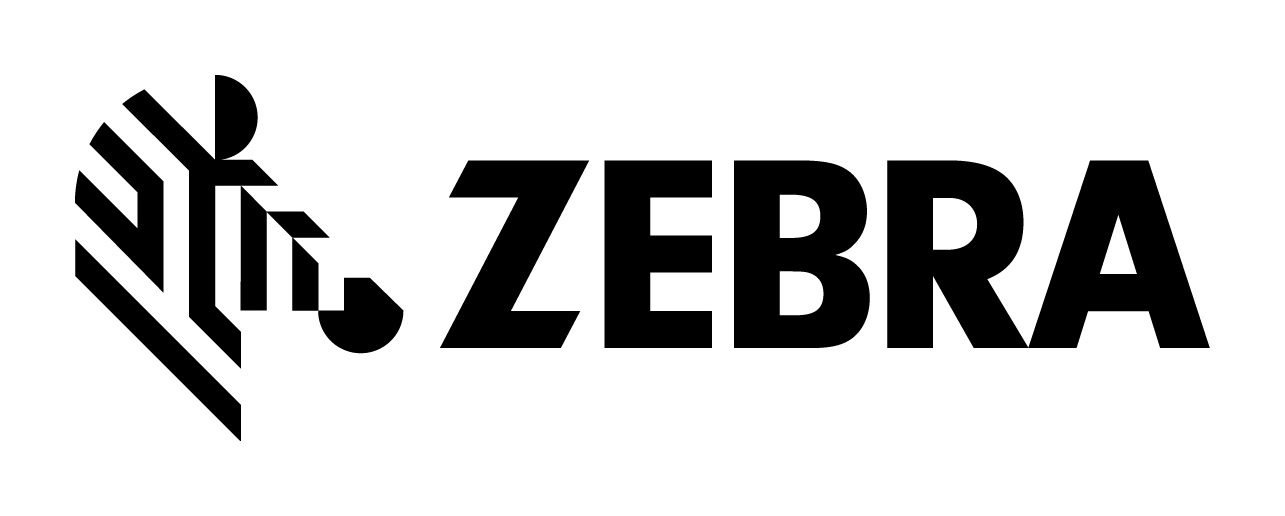
Donahoe: 50c stamp could reduce need to close USPS mail plants
The US Postmaster General told Congress today that if he was allowed to raise the price of the basic First Class Mail stamp to 50 cents, it could allow USPS to soften its approach to reducing mail delivery standards. Speaking at a House of Representatives oversight committee inquiry into proposals by USPS to cut its operating costs with its own independent healthcare plan, Patrick Donahoe said there had been discussions with the US Senate on a compromise plan reducing the scale of current plans to close hundreds of mail plants.
Donahoe told the committee that by increasing the postal rate for single-piece First Class Mail letters by 11% from the current 45 cent price would allow more areas to keep their overnight delivery service.
That would potential mean closing fewer mail processing plants than in the current plan for more than 223 to shut down from this summer, a plan that also means First Class Mail losing its overnight delivery.
The price increase would bring in an extra billion dollars in revenue to counterbalance half of the $2.1bn in savings that the current network consolidation plan would achieve, said Donahoe.
“We’ve done some studies around there, and it would require us closing about half as many facilities as we proposed,” said the Postmaster General to Congressman Elijah Cummings.
“In order to stay true to the finances, though, we have pitched the idea that we would like to raise the price of single-piece First Class Mail eventually up to 50c – that’s about a billion dollar trade off each way.”
Donahoe said keeping more of the network up and running would mean better service, but he warned that the financial side of that balance needed to be tackled.
Concern
Dennis Ross, the Republican Congressman from Florida, who chairs the House postal subcommittee, spoke today of his fear that if the Postal Service does push up its stamp prices, it will provoke an even greater exodus of customers from its mail services.
Ross said: “If nobody’s buying your product, one of the last things you do is raise your rates. My concern here is the assumptions upon which you are basing your increase in revenues on an increase in rates.”
Donahoe said the Postal Service would follow its usual inflation-linked price cap for all its market-dominant products except single-letter First Class Mail.
The Postmaster General responded to Ross: “That revenue is going whether we like it or not because of electronic diversion. The revenue of single-piece is going away and we project that it will continue to drop based on bill payment online, electronic diversion. But, there are other portions of that mail that are very inelastic because it’s convenient.”
If a deal is done with the Senate to allow the above-inflation stamp price increase in return for a reduced mail network consolidation, the powers would have to be added via legislation. The Senate’s postal reform bill, S.1789, is currently awaiting debate on the Senate floor, which is now thought most likely to happen mid-April, after the Easter recess. A vote this afternoon to start the Senate debate failed by nine votes.
Losses
USPS is projecting a loss of around $14.1bn this year, partly because its mail processing infrastructure is built to handle a lot more mail than is currently flowing through the system, with mail volumes declining 25% since 2006.
Today, Donahoe said that this year the Postal Service has been performing financially a little better than expected, coming in at around $600m above target so far.
However, he told the House Oversight Committee that USPS was still not in a position to make any payments into its Retiree Healthcare Benefits Fund this year, and was currently looking like having only around half a day’s operating funds in its cash reserves by October, before the seasonal upswing in mail volumes brings in more revenues.
Donahoe said today that he believed October 2013 would be a more likely “cash crisis” point on current trends. He also mentioned that potentially the bigger issue for USPS right now, rather than its immediate lack of cash, was the crisis in customer confidence in the mail caused by fears about USPS financial sustainability.
Today’s Oversight Committee hearing saw House Democrats repeatedly pressing Donahoe over the impact of USPS proposals on jobs and healthcare benefits for workers.
The Congressmen generally appeared skeptical of USPS proposals for an independent health care system, with House Republicans appearing to support it, though unhappy that it would be transferring financial costs to the federal government, while Democrats were generally not convinced that the plan would not mean reducing the scale of benefits, or increasing contributions from workers.













